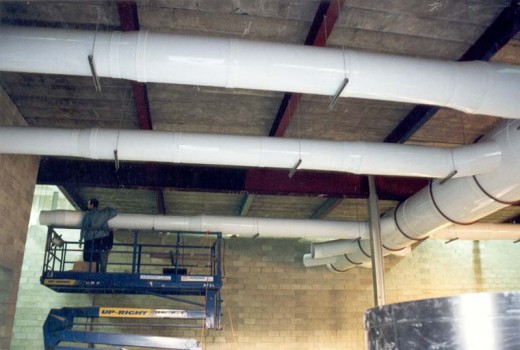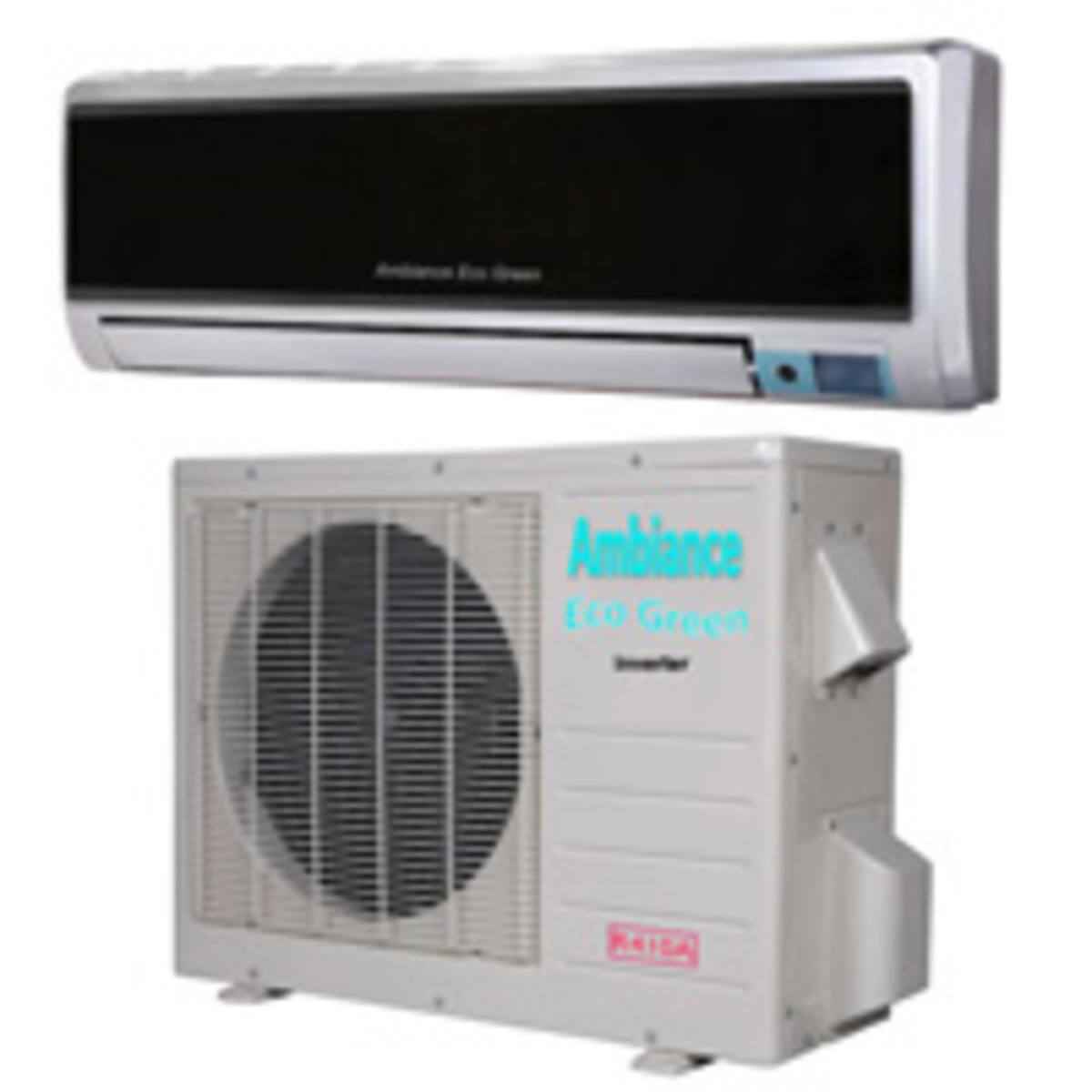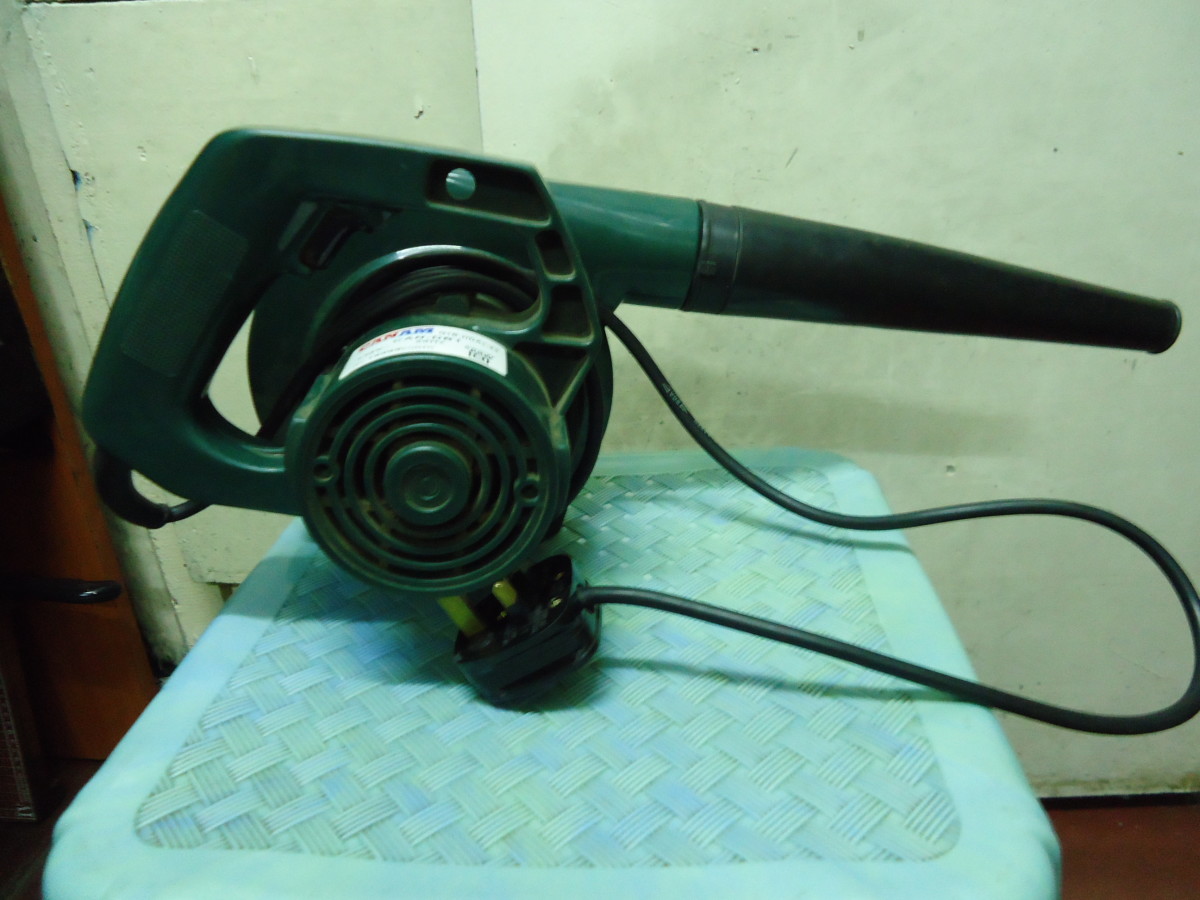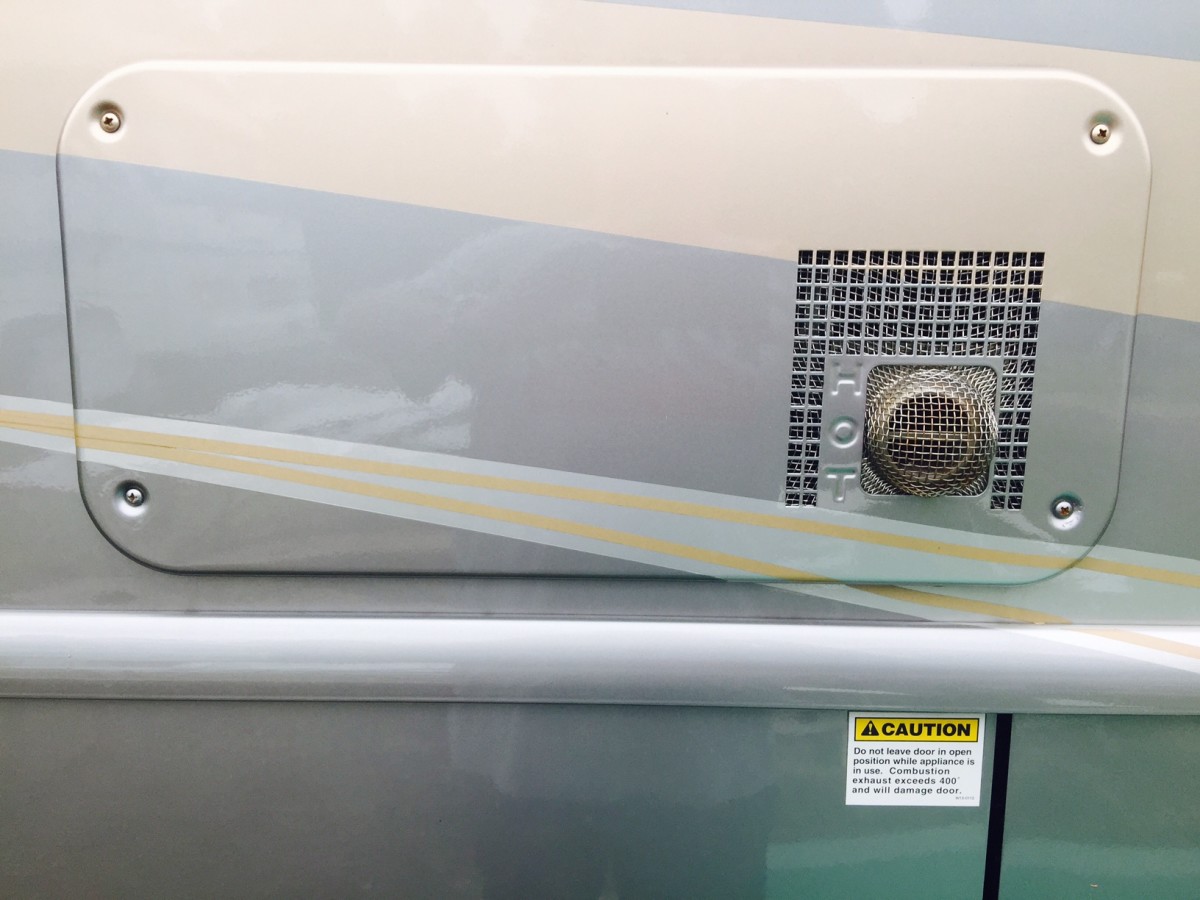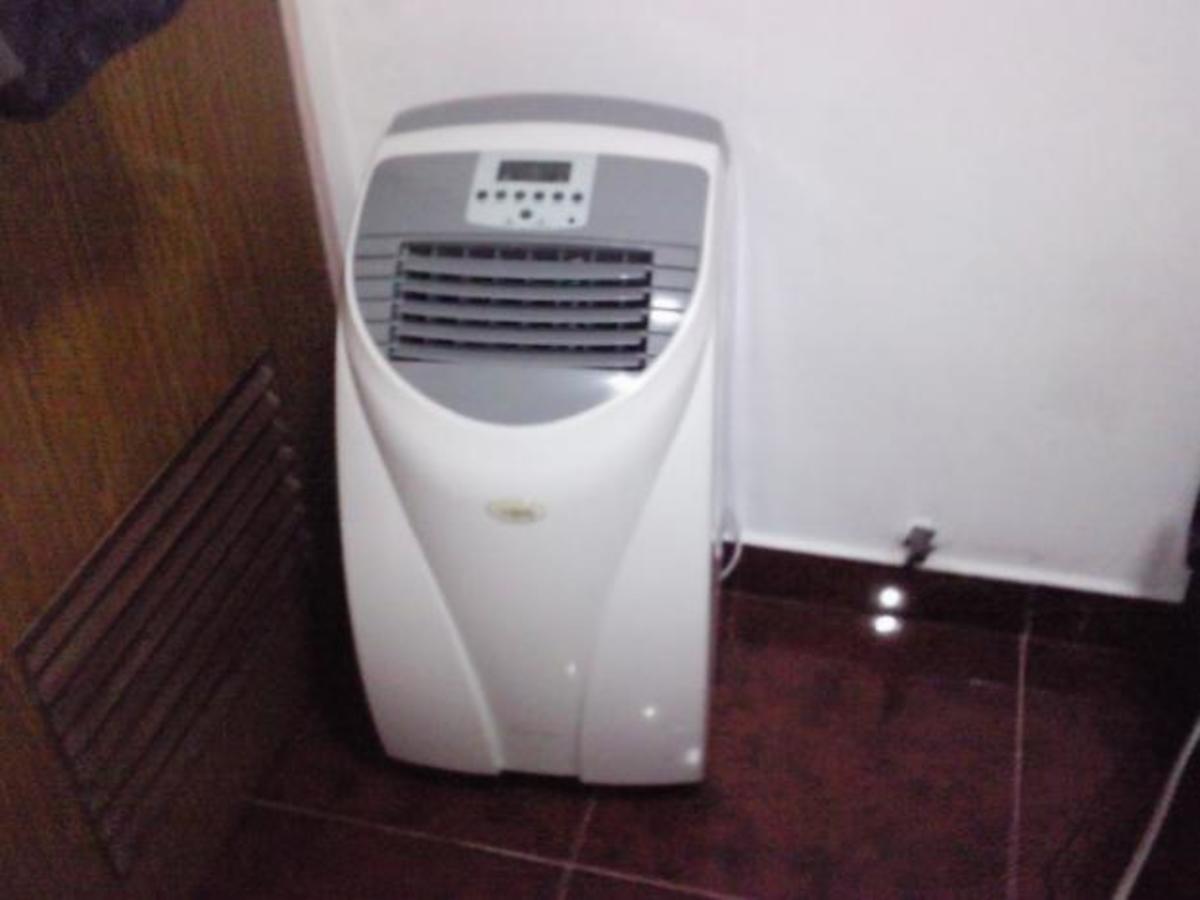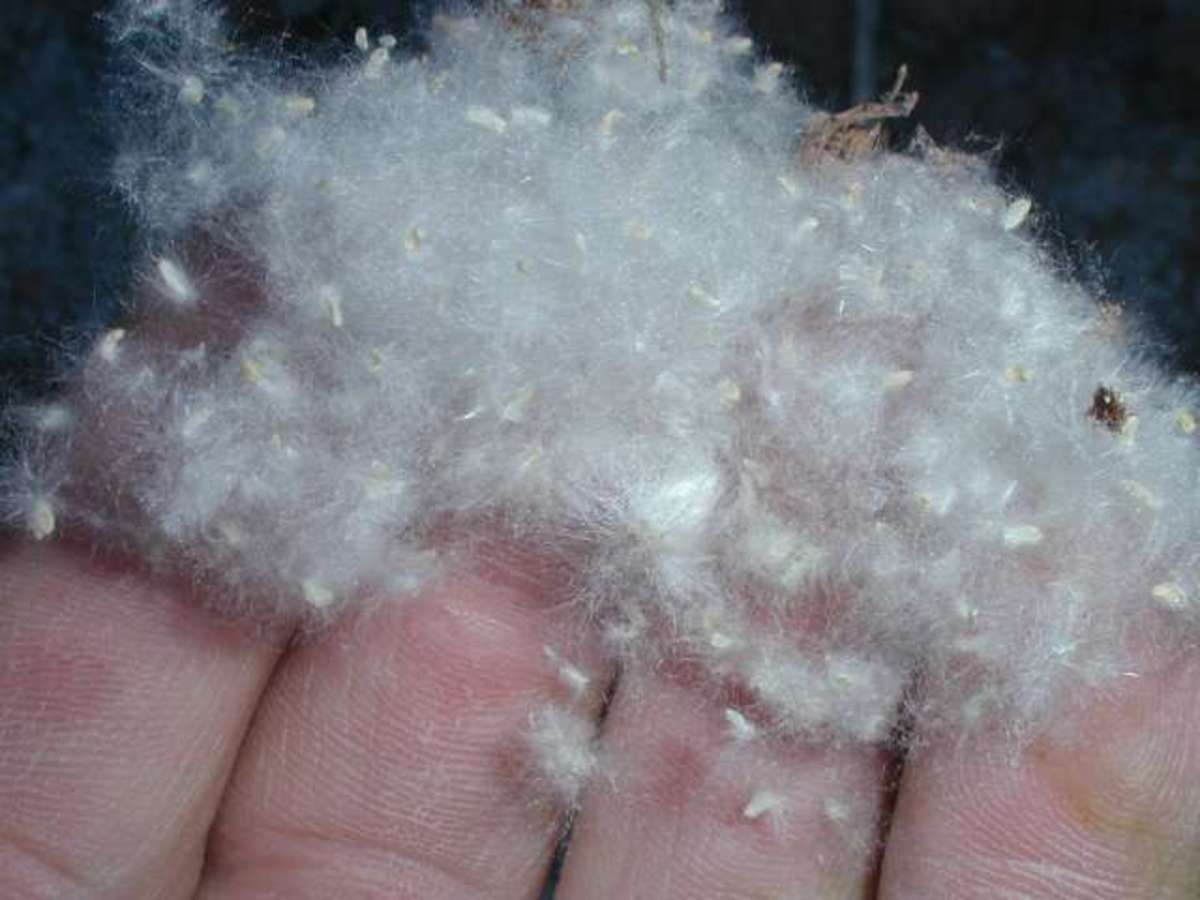Proper Ductwork Maintenance
preventive maintenance programs for ducts
Most homeowners don’t spend a lot of time thinking about the internal workings of their home – at least not until something goes wrong. By that time, extended damage could have already been done, and repair costs will be high. As the old adage goes, an ounce of prevention is worth a pound of cure; that's why preventive maintenance programs are so important. It’s much better to maintain an integral part of your home than it is to repair it. One vital part of your house that is often overlooked is the air conditioning and heating ductwork.
What are ducts and ductwork?
An air conditioning and heating system, or HVAC, is made up of several parts. Think of the major component, which is made up of a compressor, fans, and heating and cooling coils, as the heart of your system. The ductwork carries the warm or cool air to different areas. Think of these as the blood vessels. Just as the heart pumps blood to all parts of your body, the heart of your system pumps air to all parts of your home via the ductwork.
At the end of each duct is a vent. These can be placed in the floor, the ceiling, or the walls. Small rooms like bathrooms generally will have only one vent, while larger rooms will normally have two or more vents. Of course, the vents can be fitted with fancy grills to cplement your room decor.
Types of ducts
There are several different types of ducts. Practically all of them are insulated so that the warm or cool air traveling though the ductwork can retain its temperature. Generally speaking, rigid ductwork is used for the main duct or trunk line, while flexible ductwork is used to take the air to specific rooms.
Most rigid ductwork contains aluminum. This might be in the forms of round, square, or rectangular tunnels and covered with insulation. This type of ductwork is very lightweight and easy to handle. Rigid ductwork can also be made of polyurethane foam that’s coated with aluminum. In very large buildings, galvanized metal is sometimes used for the main ductwork. Some of these are large enough to walk through! Of course, the ductwork in your house is much smaller.
Flexible ductwork is just that – flexible. It can turn corners and snake its way around beams and supports to deliver air to different areas of your home. This type of ductwork usually has a core of coiled wire that has been covered with some kind of sheeting. It’s then wrapped in insulation and topped with a final sleeve of plastic or fabric.
Ductwork maintenance
Properly maintaining your ductwork is very important. In most homes, the air conditioning-heating system is the biggest user of energy. By following regular preventive maintenance programs, you can keep your system running at its best. Quality air filters should be in place to keep dust, dirt, and other debris from the condenser coils and the ducts. If the ductwork becomes clogged, it won’t perform efficiently. Filters should be visually inspected once a month and changed if needed, depending on the amount of dust, pet dander, and other debris in your home. High quality filters that are capable of trapping many allergens are also available, which are highly recommended for people with allergies.
Over time, ducts can sag or collapse. Vermin and other animals can chew holes in ductwork. Ducts can also leak or even come apart at the seams. When this happens, any air that should be going to the rooms in your home is instead being wasted by ending up in your attic, your walls, or under your house. When this happens, it's like pouring money down the drain. Your HVAC system will work overtime trying to heat or cool rooms via faulty ductwork.
To keep your HVAC system in top working order, your ductwork should be checked once a year by an experienced technician. Any sagging ductwork should be secured. Breaks should be repaired with aluminum tape - not duct tape. Also, there should be no kinks in any of the ducts or anything else that could restrict air flow.
If duct tape was used on your ductwork originally, it's best to have it replaced with aluminum or foil tape. Traditional duct tape deteriorates quickly. Metal seams should be cleaned and then sealed with duct mastic, which doesn't crack. It creates a permanent seal.
Cleaning your ductwork
Do you have any idea what might be in your ductwork? Sadly, some construction workers are careless about where they throw things. All kinds of things have been found in the ductwork of new homes: soda cans and bottles, cigarettes, brown paper lunch bags, sawdust, nails, wood chips, screws, staples, drywall and drywall dust, and whole blocks of wood.
Your ducts also pick up things from the air and their surroundings, including pet dander, carpet fibers, dust mites, dead human skin, cigarette smoke, bacteria, viruses, insects, dead rodents, rodent droppings and urine, hair from humans and pets, decayed vegetation, mold, and residue from chemicals.
A professional duct cleaning service can properly clean your ductwork and registers with special high pressurized air. Many reputable companies draw the debris into vacuum trucks and dispose of it. Most homeowners who have had this service performed report fewer illnesses and allergies in family members, along with a more efficient HVAC system.
Ductwork maintenance and health - more reasons for cleaning your ductwork
Ductwork can get infested with rodents and their urine and feces. This could present a potential danger for homeowners. A potentially deadly disease called "hantavirus pulmonary syndrome" is carried by infected mice and rats, in their saliva, feces, and urine. When these body fluids dry, the virus becomes airborne. If humans breathe in particles containing the virus, they can contract this illness that might result in respiratory failure. 21 deaths in the U.S. have resulted from hantavirus since 1993.
One of the main health concerns associated with ductwork is mold. Anywhere moisture is present in your ducts, mold can grow. The mold spores can then wind up inside the living area of your home. Since many people are allergic to mold spores, all mold should be removed. In addition, the source of the moisture should be identified and eradicated so that more mold will not grow in the ductwork.
One problem with this is that most mold will not be visible. Even if you find a substance that looks like mold, it might not be a fungal growth at all. The best thing to do in this case is to secure some of the suspected substance on a piece of transparent tape and send it to a laboratory for a definative analysis. This costs about $50, but it's well worth the fee to be sure.
If, in fact, the growth is identified as mold, it needs to be removed from any hard duct surfaces by a technician. Any damp or moldy insulation must be replaced since it cannot be properly cleaned.
By keeping your ducts clean and properly maintained, you’ll save money on your electric bill and your home will be healthy and comfortable.
Get more tips for homeowners:
- Latest Trends: Shower Steamer
If youve ever enjoyed a steam bath or a steam shower, chances are that it was at a spa, club, gym, or another commercial steam room of some sort. You had to pay for membership or either pay a... - An Overview of Fireplace Tools
Most people who have a fireplace in their home also have a set of tools, usually placed on the hearth. The fireplace tools arent just functional; theyre also very attractive and give the fireplace an... - All About Toilet Parts
One of mans most wonderful inventions just has to be the modern toilet! Lets face it this is something all of us use several times a day, but we really never give it a thought until it fails to... - Latest Trends: Small Bathtubs
Small bathtubs are becoming increasingly popular with homeowners. Just about everyone enjoys a relaxing soak in a warm bath, but space requirements for a tradition tub often limit choices. A standard bathtub... - Latest Trends: Copper Sinks
Many of todays bathrooms and kitchens are absolutely stunning. Once just thought of as functional and necessary rooms, modern homeowners are placing more emphasis on the design and artistic appeal of these... - Latest Trends: The Vessel Sink
According to realtors, the best home remodeling jobs that can increase the value of your property are those done in the bathroom and kitchen. Modern consumers expect these two important rooms to be... - Vessel Sink Faucets
If youre building a home or remodeling an existing one and have made the decision to use a vessel sink in your bathroom or kitchen, youve made an excellent choice! Your investment will more than pay for... - Choosing the Right Shower Tray
Nowadays, homeowners and prospective homeowners usually place much emphasis on their bathrooms. They often spend much thought and a lot of money on things like frameless shower doors, quarried tile, vessel... - Latest Trends: Frameless Shower Doors
Bathrooms are no longer just an afterthought for modern homeowners. Todays bathrooms are often beautiful, with user-friendly sinks, bathtubs, and showers. Outdated and obsolete bathroom fixtures are being... - All About Toxic Black Mold, with How-To Videos
Youve seen mold, also referred to as mildew, before. Leave a damp article of clothing wadded up so that its not exposed to sunlight or other drying conditions, and in a few days, youll have a nice... - Wireless Security Home System
If you watch or read the news, I dont have to tell you about crime. Home burglaries are on the rise, most likely due to the depressed economy. Many people are desperate for money, so theyre trying their... - Flooring Options: Pros and Cons of Each
If youre building a new home or remodeling an existing one, or just some home repairs or home improvement, youll be faced with numerous decisions. One area of mind-boggling decisions youll have to... - Homeowners' Liability: Dangers Around the Home, with Informative Videos
Most homeowners realize if someone is injured on their property, a lawsuit might well follow. You can be sued and found liable, even if the person was not an invited guest. Many homeowners, however, are under... - Latest Trends: The Shower Screen, with Video
If youre in the process of updating your bathroom, you have literally hundreds of options and combinations of options from which to choose. Modern homeowners are paying more and more attention to tubs and...
